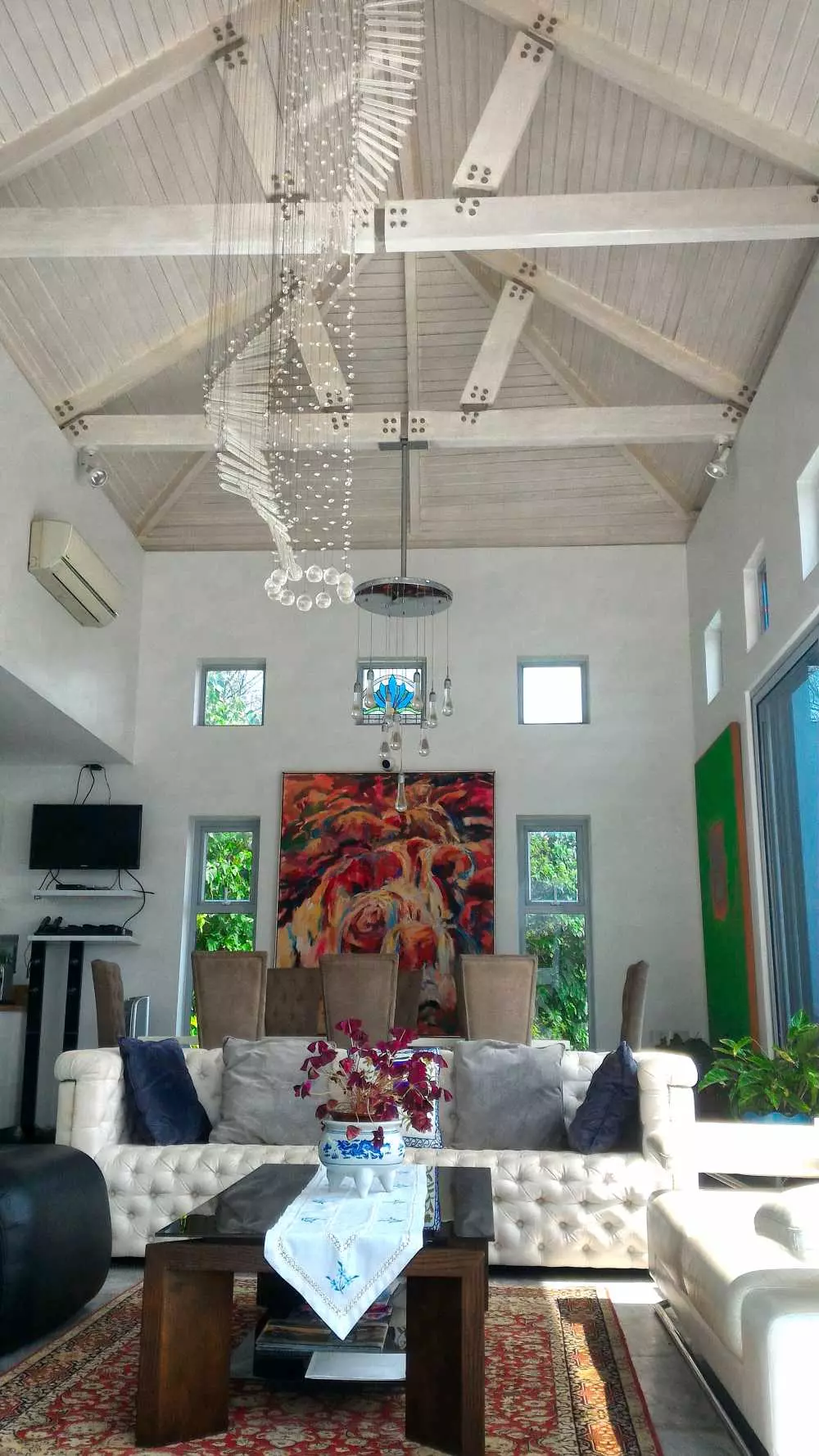
The bahay kubo, a traditional Filipino house, holds a special place in the hearts of Filipinos. Derived from the Filipino word "bahay" meaning house, and "cubo" meaning cube in Spanish, the bahay kubo is known for its simple yet functional design. While it may seem basic, this iconic house offers significant features that can be adapted into modern designs, resulting in both simplistic beauty and practicality.
Materials of a Bahay Kubo
Traditionally, the bahay kubo is built using wood, bamboo strips, and a thatched roof. Despite their simplicity, these materials provide comfort to its inhabitants. To achieve a modern look inspired by the bahay kubo, incorporating different elements such as concrete or metal can elevate its appearance without sacrificing its essence.
Large Windows
One of the primary features of a bahay kubo is its large windows. These windows not only provide natural lighting but also promote ventilation. Strategically placed windows allow for cross-ventilation, ensuring continuous airflow throughout the building and enhancing the comfort of its occupants. While awning windows are commonly used in traditional bahay kubos, modern adaptations may include jalousie, sliding, or casement windows for added convenience.
 Figure 1-A: Bahay Kubo with large window openings.
Figure 1-A: Bahay Kubo with large window openings.
 Figure 1-B: Two-Storey Residential Project of Constantin Design & Build using awning windows for ventilation and shading inside. (Photo by Marc Obero)
Figure 1-B: Two-Storey Residential Project of Constantin Design & Build using awning windows for ventilation and shading inside. (Photo by Marc Obero)
Elevated Finish Floor Line
In a traditional bahay kubo, the elevated finish floor line serves various purposes. It can be used for storage or as an enclosure for small livestock. Additionally, it offers protection against natural disasters like flooding. When incorporating this feature into modern designs, the open space below can serve as a multi-purpose functional area. It can be transformed into a function hall, a recreational space for eating and chatting, or even a garage. Casa Allea, a project by Constantin Design & Build, exemplifies how the ground floor can be maximized for different functions.
 Figure 2-A: The space below used as a livestock area. (Photo by Denniz Futalan)
Figure 2-A: The space below used as a livestock area. (Photo by Denniz Futalan)
 Figure 2-B: A project of Constantin Design and Build, Casa Allea, using the space below as a multi-functional area.
Figure 2-B: A project of Constantin Design and Build, Casa Allea, using the space below as a multi-functional area.
Open Plan
The traditional bahay kubo features a singular room that caters to various activities. The open space serves as a multi-purpose area, serving as a dining area, living area, or even a sleeping area depending on the needs of the family. Open planning, a popular trend in residential construction since 1990, integrates different common spaces, creating a more spacious ambiance.
 Figure 3-A: Bahay Kubo interior using open planning.
Figure 3-A: Bahay Kubo interior using open planning.
 Figure 3-B: A project of Constantin Design and Build, Casa Alexandria, seen using open plan to create connectivity between different spaces in and out of the house. (Photo by Marc Obero)
Figure 3-B: A project of Constantin Design and Build, Casa Alexandria, seen using open plan to create connectivity between different spaces in and out of the house. (Photo by Marc Obero)
High Ceiling
As a bahay kubo typically consists of a single room, a high ceiling is essential to regulate the temperature inside. The high ceiling allows hot air to rise and circulate within the room, providing a more comfortable living environment. Traditionally, gable and hip roof designs are common in bahay kubos. However, modern adaptations can take advantage of a vaulted ceiling, which creates an illusion of space and adds an aesthetic touch to tight spaces, especially when an open floor plan is considered.
 Figure 4-A: Airbnb Hut with high ceiling
Figure 4-A: Airbnb Hut with high ceiling
 Figure 4-B: Casa Alexandria using a vaulted ceiling for adding space value and user comfort. (Photo by Marc Obero)
Figure 4-B: Casa Alexandria using a vaulted ceiling for adding space value and user comfort. (Photo by Marc Obero)
Trying out these modern adaptations does not compromise the value and quality of a house, especially for those on a budget. The bahay kubo concept offers a design that suits your style while emphasizing openness and practicality. Incorporate these features into your modern design for a home that seamlessly blends tradition with contemporary living.

















